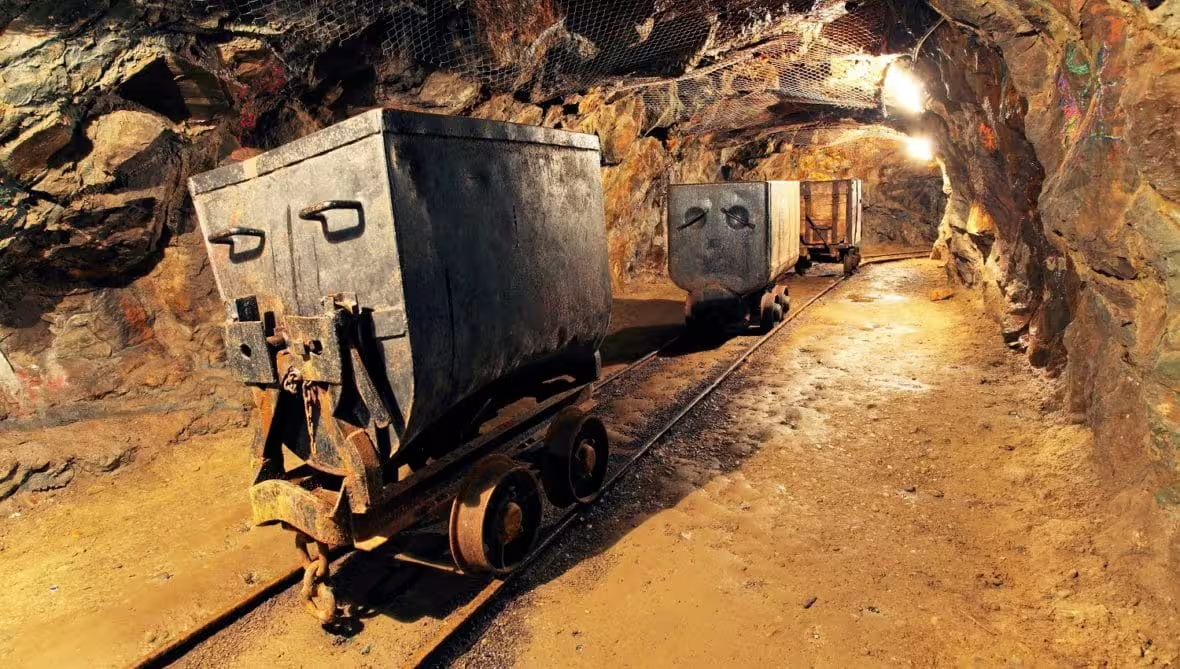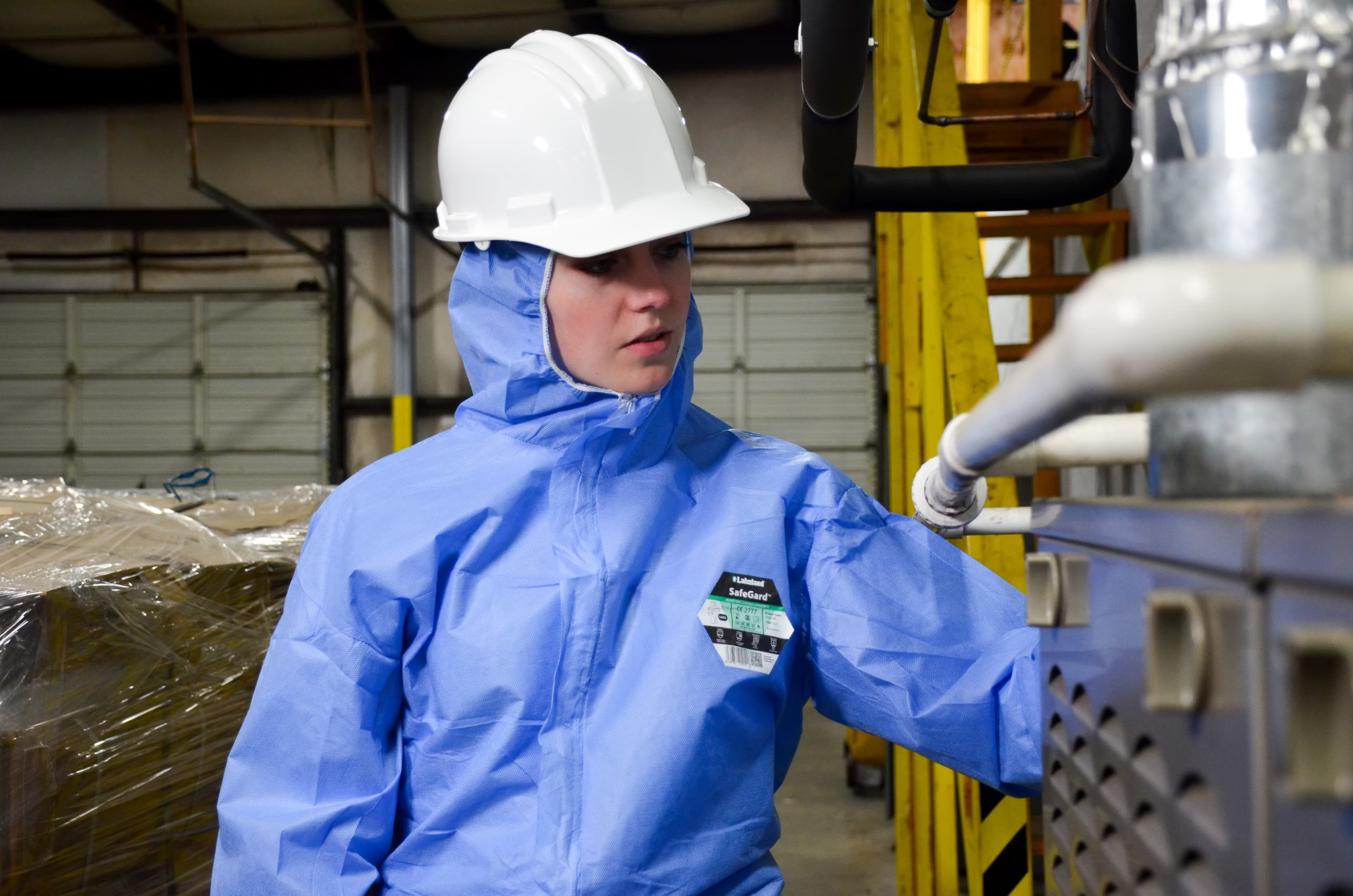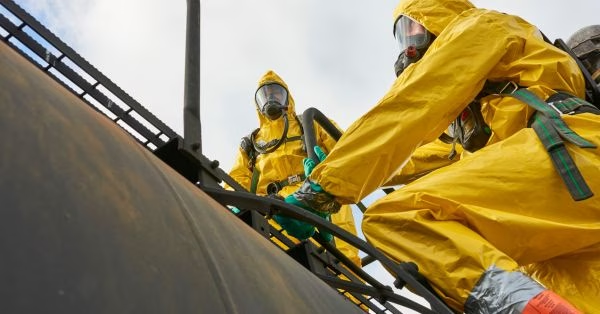In the world of industrial production, the metallurgy and non-ferrous metals industries are crucial, providing essential raw materials for countless sectors. However, these industries also pose significant health and safety risks to workers. In such a hazardous environment, Lakeland protective clothing plays a pivotal role in safeguarding workers’ well-being and ensuring their safety.
The Key Stages of Metallurgy and Non-Ferrous Metal Processing
The transformation of raw ores into usable metals involves several critical stages:
- Mining: The extraction of raw ore from the earth, which serves as the first step in obtaining valuable materials for further processing.
- Ore-dressing, including crushing, grinding, and flotation, which separates useful minerals from the gangue to improve ore quality.
- Smelting & Refining
- Processing, including rolling, forging, and extrusion, to create products of varying sizes and specifications.
Each stage presents its own set of dangers to workers:
Mining and Ore Dressing
Mining operations are known for their hazardous dust, which primarily poses a respiratory threat. Additionally, body protection is essential to prevent contamination of workers’ clothing. Secondary contamination—where workers’ families or others are exposed to dust from their clothing—has become an increasingly recognized concern.
During ore-dressing, various chemical agents, including acids and alkalis, are used to separate the ore from waste materials (gangue). These chemicals present corrosive or toxic hazards to workers.
Smelting
Smelting involves heating ore concentrates to extreme temperatures to remove impurities. For example, steel may be heated above 1400°C, while aluminum can exceed 950°C. Workers are at risk from the intense radiant heat, molten metal splashes, and heat stress.
Further refining may require the use of organic reagents that produce highly toxic substances like nickel hydroxide. Long-term exposure to these chemicals can have catastrophic health effects if not properly managed.
Processing – Heat Protection
The final product often undergoes cleaning and finishing, using acids such as hydrochloric and sulfuric acid, commonly in the aluminum processing industry. These acids can present dangerous risks to workers’ health.
Lakeland Protective Clothing for Industrial Safety
Lakeland Industries offers a wide range of protective clothing tailored to the specific hazards found in the metallurgy and non-ferrous metals industries:
Hazardous Dust Protection
Our Safeguard and MicroMax disposable coveralls, featuring breathable SMMS material and microporous polyethylene layers, offer exceptional dust protection. These garments effectively shield workers’ clothes from contamination, reducing the risk of secondary health problems caused by dust exposure.
Heat and Molten Splash Protection
For workers in smelting, Lakeland offers the AHR1000, AHR2000, and AHR3000 series aluminized clothing. These garments use high-quality insulating and reflective materials to block radiant heat and resist molten metal splashes. To further improve comfort and reduce heat exhaustion, we also offer the 00055C Cooling Vest with phase-change cooling inserts.
Chemical Protection for Ore-Dressing, Processing, and Finishing
Lakeland’s ChemMax chemical protective clothing is designed to protect against a wide range of chemicals encountered in the metallurgy and non-ferrous metal industries.
- ChemMax 1 provides protection against acids and alkalis during equipment maintenance in ore-dressing and pickling lines or electrolytic aluminum polishing.
- ChemMax 2 and ChemMax 3 offer higher levels of protection for workers exposed to toxic chemicals during refining and equipment maintenance.
- For environments with hazardous chemical vapors, our Interceptor Plus Level A / EN Type 1 encapsulating gas-tight suit provides top-tier protection.
Additionally, Lakeland offers a range of chemical-resistant boots and gloves for comprehensive worker protection.
Flame, Scalds, and Electrical Arc Protection
Lakeland also provides flame-retardant clothing, welders’ protective gear, and specialized arc-protective clothing with varying calorie ratings. These garments are designed for a wide range of scenarios, including post-gas explosions, electric welding, and maintenance and repair in electrical environments.
Why Choose Lakeland Protective Clothing?
At Lakeland, our mission is simple: to protect people from workplace hazards. By choosing Lakeland, you’re selecting safety and peace of mind. In the demanding metallurgy and non-ferrous metals industries, partnering with Lakeland enhances the safety and health of every worker.
Let’s work together to ensure the well-being of your team. Protect your workers, protect your business.
For more information on hazards in the mining and metal processing industries, download our detailed safety guide here.



